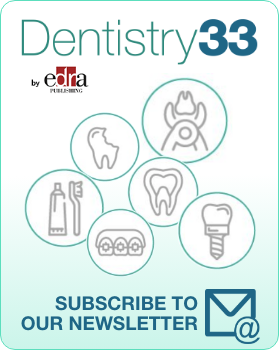
Covid-19 emergency: American Dental Association guidance for reducing risk of Covid-19 transmission
Authors: S. Chirico, L. Breschi
Simona Chirico
The resumption of dental activity in United States is getting closer and the American Dental Association (ADA) has drawn up a guide to reduce the risk of SARS-CoV-2 transmission within dental offices. The guide is divided into three sections: Before Dental Care, During Dental Care, After Dental Care.
Here are the most salient details, but for further information, we invite our readers to consult the following link: https://www.ada.org/~/media/CPS/Files/COVID/ADA_COVID_Int_Guidance_Treat_Pts.pdf?utm_source=adaorg&utm_medium=covid-resources-lp&utm_content=cv-pm-ebd-interim-response&utm_campaign=covid-19
BEFORE DENTAL CARE
Dentist and Dental Team Preparation
1. Ensure that the dental health care personnel (DHCP) have received their seasonal flu vaccine.
2. DHCP experiencing influenza-like-illness (ILI) should not report to work.
3. DHCP who are of older age, have a pre-existing, medically compromised condition, pregnant, etc., are perceived to be at a higher risk of contracting COVID-19 from contact with known or suspected COVID-19 patients.
4. All DHCP should self-monitor by remaining alert to any respiratory symptoms (e.g., cough, shortness of breath, sore throat) and check their temperature twice a day, regardless of the presence of other symptoms consistent with a COVID-19 infection. Dental offices should create a plan for whom to contact if an employee develops fever or respiratory symptoms to determine whether medical evaluation is necessary.
5. Providers who have recently contracted and recovered from a COVID-19 infection should be the preferred personnel providing care.
6. “Conduct an inventory of available personal protective equipment (PPE) supplies [e.g., surgical masks, surgical gowns, surgical gloves, face shields].”
7. Remove magazines, reading materials, toys and other objects that may be touched by others and which are not easily disinfected.
8. Print and place signage in the dental office for instructing patients on standard recommendations for respiratory hygiene/cough etiquette and social distancing.
9. Schedule appointments apart enough to minimize possible contact with other patients in the waiting room.
10. Prevent patients from bringing companions to their appointment, except for instances where the patient requires assistance (e.g., pediatric patients, people with special needs, elderly patients, etc.). If companions are allowed for patients receiving treatment, they should also be screened for signs and symptoms of COVID19. Any person accompanying a patient should be prohibited in the dental operatory.
DURING DENTAL CARE
Standard and Transmission-based Precautions and Personal Protective Equipment (PPE)
1. DHCP should adhere to Standard Precautions, that include: Hand hygiene, use of PPE, respiratory hygiene/etiquette, sharps safety, safe injection practices, sterile instruments and devices, clean and disinfected environmental surfaces.
2. If available, DHCP should implement Transmission-Based Precautions. “Necessary transmission-based precautions might include patient placement (e.g., isolation), adequate room ventilation, respiratory protection (e.g., N-95 masks) for DHCP, or postponement of nonemergency dental procedures.”
3. “Wear a surgical mask and eye protection with solid side shields or a face shield to protect mucous membranes of the eyes, nose, and mouth during procedures likely to generate splashing or spattering [(large droplets)] of blood or other body fluids.”
4. Surgical masks are one use only, and one mask should be used per patient.
5. ”If your mask is damaged or soiled, or if breathing through the mask becomes difficult, you should remove the face mask, discard it safely, and replace it with a new one.” (https://www.fda.gov/medical-devices/personalprotective-equipment-infection-control/n95-respirators-and-surgical-masks-face-masks)
6. DHCP should adhere to the standard sequence of donning and doffing of PPE.
Clinical Technique
1. Since SARS-CoV-2 may be vulnerable to oxidation, use 1.5% hydrogen peroxide (commercially available in the US) or 0.2% povidone as a preprocedural mouthrinse (There are no clinical studies supporting the virucidal effects of any preprocedural mouthrinse against SARS-CoV-2).
2. DHCP may use “extraoral dental radiographs, such as panoramic radiographs or cone beam CT, as appropriate alternatives” to intraoral dental radiographs during the outbreak of COVID-19, as the latter can stimulate saliva secretion and coughing.
3. Reduce aerosol production as much as possible, as the transmission of COVID-19 seems to occur via droplets or aerosols and DHCP should prioritize the use of hand instrumentation.
4. DHCP should use rubber dams if an aerosol-producing procedure is being performed to help minimize aerosol or spatter.
5. DHCP may use a 4-handed technique for controlling infection.
6. Anti-retraction functions of handpieces may provide additional protection against cross-contamination.
7. DHCP should prefer the use of high-volume evacuators. DHCP “should be aware that in certain situations, backflow could occur when using a saliva ejector,” and “this backflow can be a potential source of cross-contamination”.
8. DHCP should use resorbable sutures (i.e. sutures that last 3 to 5 days in the oral cavity) to eliminate the need for a follow up appointment.
9. DHCP should minimize the use of a 3-in-1 syringe as this may create droplets due to forcible ejection of water/air.
10. Disinfectants (hypochlorite, ethanol) in the handpiece and 3-in-1 syringe water supplies have been reported to reduce viral contaminants in splatter, but its action on human coronavirus is unknown.
Steps After Suspected Unintentional Exposure
Follow CDC recommendations in the event of suspected unintentional exposure:
· Aerosol-generating procedures should be scheduled as the last appointment of the day. For an aerosol-generating procedure performed without N95 masks and only surgical facemasks, regardless of disinfection procedures being effectively executed, subsequent patients and DHCP are at moderate risk for COVID-19 infection and transmission. Given that asymptomatic patients may carry the virus, CDC suggests a 14-day quarantine. Alternatively, take all precautions to prevent transmission and require that the patient is tested for COVID-19 immediately after dental treatment; if positive, DHCP should quarantine for 14 days.
· Patients referred for COVID-19 testing should be given detailed instructions on when/where to go for testing, how to justify the need for testing to the testing facility visited, and how to contact the dental clinic to report test results (Algorithm 3). If a test is positive, the clinic needs to report the exposure to all patients treated after the infected patient.
AFTER DENTAL CARE
In Between Patients
1. “Clean with soap and water, or if visibly soiled, clean and disinfect reusable facial protective equipment (e.g., clinician and patient protective eyewear or face shields) between patients.”
2. Non-dedicated and non-disposable equipment (e.g., handpieces, dental x-ray equipment, dental chair and light) should be disinfected according to manufacturer’s instructions. Handpieces should be cleaned to remove debris, followed by heat-sterilization after each patient.
3. "Routine cleaning and disinfection procedures are appropriate for SARS-CoV-2 in healthcare settings, including those patient-care areas in which aerosol-generating procedures are performed.
Post-operative Instructions for Patients
1. It is recommended to use ibuprofen as normally indicated when managing any type of pain. For example, for the management of pulpal- and periapical-related dental pain and intraoral swelling in immunocompetent adults, it is recommended that NSAIDs in combination with acetaminophen (i.e. 400-600 milligrams ibuprofen plus 1,000 mg acetaminophen) can still be used.
2. When treating patients with dental pain and intraoral swelling, dentists should determine whether definitive, conservative dental treatment (i.e. pulpotomy, pulpectomy, nonsurgical root canal treatment, or incision for drainage of abscess is available.
When Going Home After a Workday
1. DHCPs should change from scrubs to personal clothing before returning home. Upon arriving home, DHCPs should take off shoes, remove and wash clothing [separately from other household residents], and immediately shower.
 Related articles
Related articles
Oral Hygiene & Prevention 20 May 2020
Spanish guideline for avoiding COVID-19 transmission in dental practices
Author: Lorena Origo
In the current situation of COVID-19 emergency, all nations support the need to limit dental clinical activity exclusively to emergency care. In parallel, it is necessary to prepare for the following...
Oral Hygiene & Prevention 22 April 2020
Authors: L. Breschi, S. Chirico
A tough battle is being fought all over the world against Covid-19 emergency. The numbers are really worrying, because of the high contagion power of the virus....
Oral Hygiene & Prevention 22 April 2020
Authors: Graziani F, Izzetti R, Gabriele M, Nisi M
Oral care professionals are undoubtedly on the front line during this pandemic. Dentists are among the most exposed categories to the risk of SARS-CoV-2...
Periodontology 10 March 2023
Why periodontitis may be the missing link in understanding the severity of SARS-CoV-2
By Caroline Holland
Dr. Graham Lloyd-Jones, consultant radiologist, has investigated the development of lung disease in COVID-19 and attempted to answer why some people are so much more badly affected than others.
Researchers found at least one post-COVID-19 symptom in 67.5% of patients who had not needed hospital care, according to a new study with 700 patients conducted...
 Read more
Read more
Digital Dentistry 18 April 2024
The Columbia University College of Dental Medicine (CDM) and the Fu Foundation School of Engineering and Applied Science have received approval from the New York State Department of Education to...
Dr. Richard Eidelson, DDS, MAGD, a nationally recognized leader in cosmetic dentistry, is thrilled to announce the opening of his second dental practice, Premier Dentist Philadelphia, located in the...
DDS Lab (DDS), one of the largest full-service dental laboratories in the world, today announced the commencement of operations out of its new state-of-the-art, full-service dental laboratory based...
The global electric toothbrush market size is estimated to grow by USD 2780 million from 2023 to 2027, according to Technavio. The market is estimated to grow at a CAGR of over 8.24% during the...


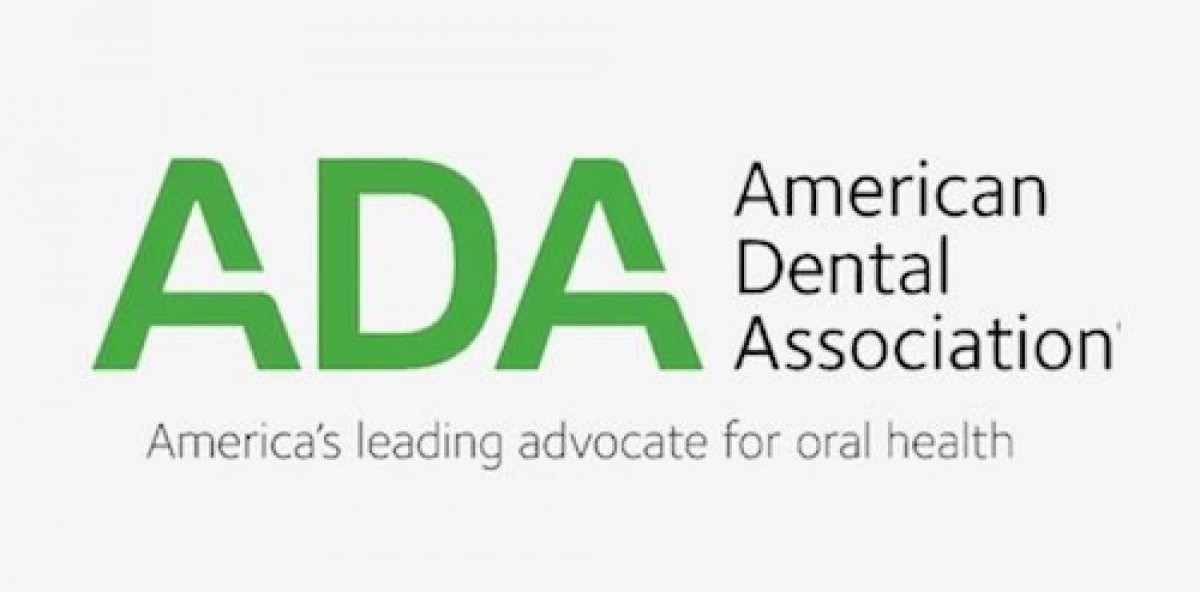
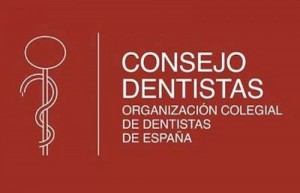
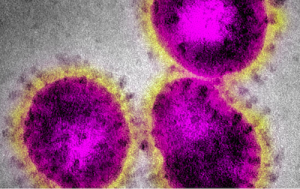

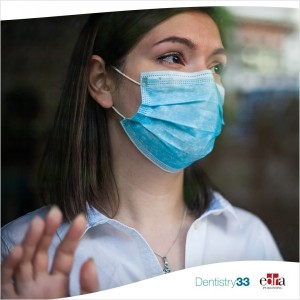
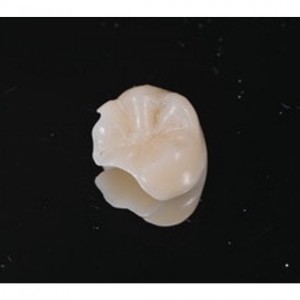

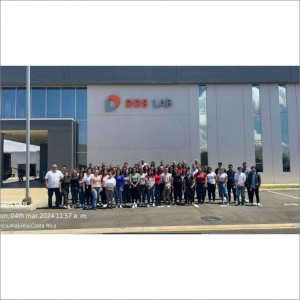
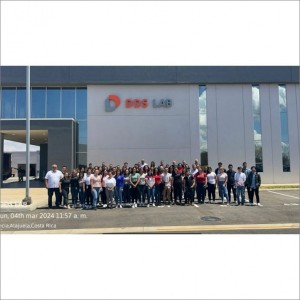
d5.jpg)

